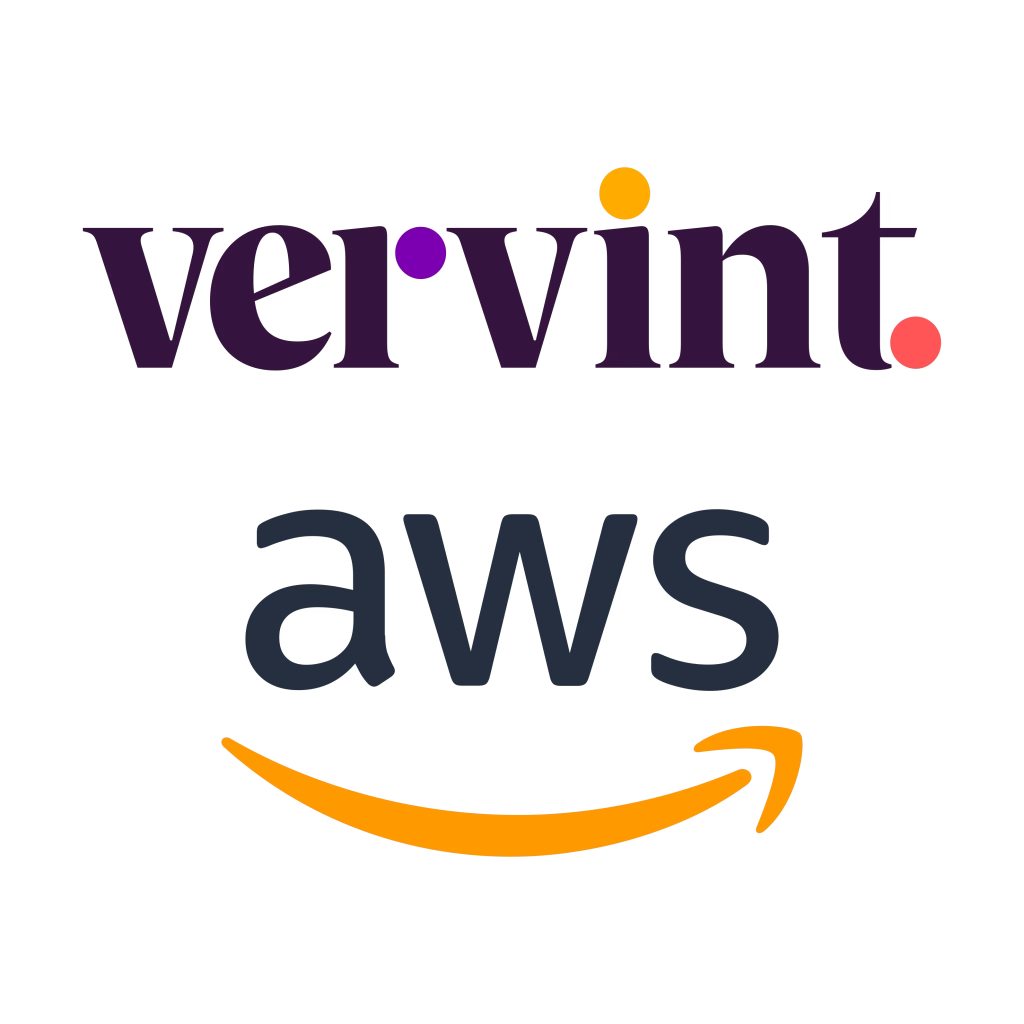Are you outgrowing your current IoT platform? Niche IoT platforms may not allow you to scale at cost, may lack features that are expected by your users, or even be sunset as they struggle to keep up with the speed of change. If your IoT platform has sunset or lacks features that modern cloud based IoT platforms provide today, then it is time to switch platforms.
The first step in switching IoT platforms is understanding the why. We spoke to Vervint’s Nick Young to learn more about how to make the switch successfully. Young is a Team Lead on Vervint’s Connected Products team. Why are you switching platforms in the first place? Are you looking to reduce costs? Are you looking for more security, or more features? Identifying the motivation for making the switch is the first step. Once a business has made the commitment to migrate, the second step is to determine the platform.
From there, businesses will engage in a feature mapping exercise. What are my features that exist today and how are they supported on this new platform? How do we continue to do business the same way we’re doing now on this new platform, and what needs to shift? That’s when businesses will identify which features do or do not fit into the new platform. Businesses must then engage in a planning exercise for how the actual migration will take place. After planning, the migration exercise includes a lot of testing and iterating to find the right mix.
Seven mistakes to avoid when you switch IoT platforms
When migrating IoT platforms, consider carefully the steps involved for success. The following are the seven mistakes to avoid when switching IoT platforms.
1. Not putting enough emphasis on the actual migration process.
A lot of people become focused on either making use of the new features they have available on the new platform, or they focus too heavily on setting up the new environment. They don’t put enough emphasis on the user’s interaction. You must think through the user journey. What are all the different ways my users interact with our existing platform? How do I cover every single one of those to make sure their interaction is going to work? At Vervint, we always say, ‘A good migration is one you never have to tell your users about.’
2. Failing to get real users involved.
You can get a small beta group to use the system to test assumptions and ease of use. “Too often as engineers, we use our own platform the way we know it should be used, and our users just don’t,” Young said. “They use it how their skill level allows them to use it.” Ensure real users are involved in the process to find areas where a smooth transition process is necessary.
3. Not identifying how data between systems maps.
It’s too complex of a process to leave as an afterthought. Data mapping must be considered early on, planned for, and tested repeatedly.
4. Failing to plan and execute on the migration.
Choose a group of users to move and test and receive feedback. You’re in a loop. You’ve developed a plan for what the migration process is going to look like, and then you’re revising that plan and doing it again.
5. Not considering the impact on staff.
If business leaders are pushing the migration, there may be differences in skills required. Are the tech stacks between platforms the same? Are you asking people with one skill set to adapt to a different one? Understanding what that gap is between the two platforms is important to consider at the start. Is there a different coding language or a different mindset of how things work? Consider the technology at play in each ecosystem. Make sure you are either training or augmenting your staff with people that know the new technology.
6. Not planning for optimization.
Immediately after the migration, remember to consider optimization. Once users are on the new platform and utilizing it, there are different cost structures of different platforms. “Something that didn’t cost a lot of money in the old platform, may cost an obscene amount of money on the new platform,” Young said. “You have to take a step back and look at what technologies are being used and how to effectively use them in the new platform.”
7. Not considering data security and compliance.
Most companies have some regulatory requirements that they have to meet compliance for. When doing the migration, businesses have to think through what each platform offers. When working with data security experts, the first point of consideration is determining where data is encrypted. The old platform may have different data storage or access management capabilities that the new one doesn’t, and you have to augment that. Businesses should identify what regulatory requirements you have to meet, and then go back to the mapping exercise.
Vervint: Your partner for handling your IoT platform migration
Your team will get one-on-one attention from our experts throughout your move from one platform to another. If you’d like to speak with one of our experts about your needs, complete a contact form and we’ll get back to you right away. We look forward to hearing from you!


